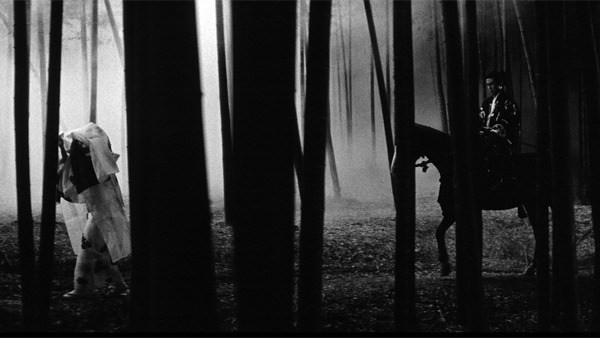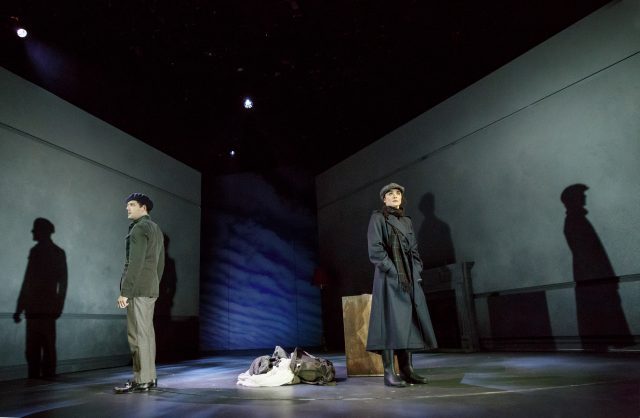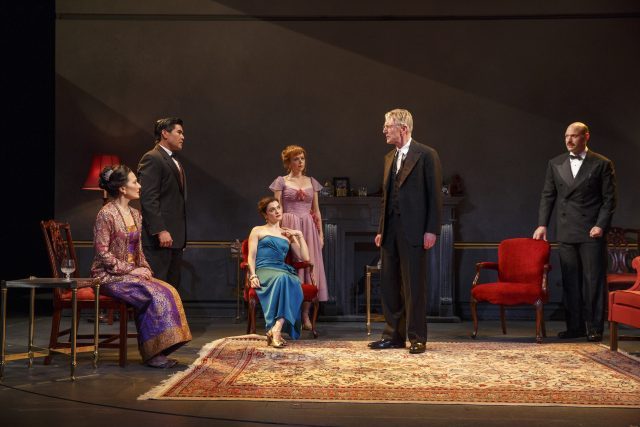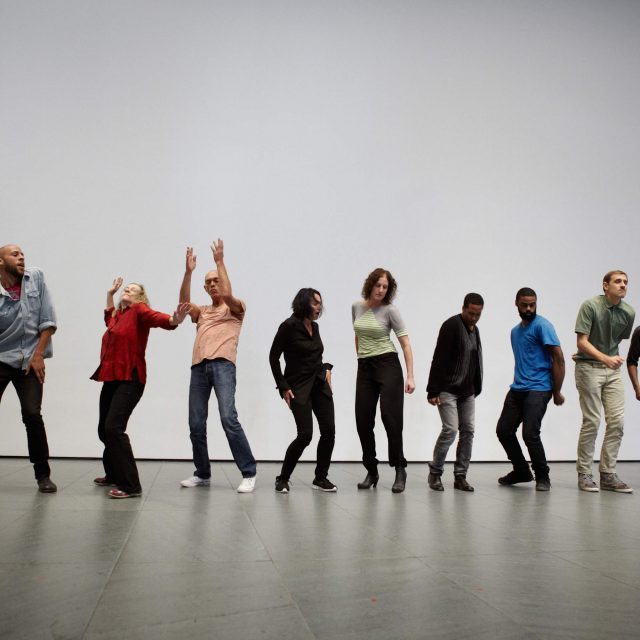
National Book Award winner Ta-Nehisi Coates is curator of third annual free Festival Albertine
Albertine Books
972 Fifth Ave. between 78th & 79th Sts.
November 2-6, free
www.albertine.com
The third annual Festival Albertine, a sociocultural exploration of identity in the United States and France, will take place November 2-6, featuring more than two dozen artists, writers, choreographers, lawyers, sociologists, and curators participating in seven free events at Albertine, a project of the Cultural Services of the French Embassy in the Payne Whitney mansion on Fifth Ave. at Seventy-Ninth St. This year’s festival, with a focus on changing labels, immigration, and the politics of race, is curated by Ta-Nehisi Coates, a writer for the Atlantic who won the National Book Award for what might very well be the most important nonfiction work of the last decade, Between the World and Me. Referencing James Baldwin’s 1972 memoir, No Name in the Street — Baldwin, like Coates, lived in both New York and Paris — Coates explained in a statement, “Baldwin was drawing a not-so-subtle comparison with his own identity as a black American. He was also doing something more — asserting the labels we use to ascribe identity are situational. The words ‘black,’ ‘Arab,’ ‘Muslim,’ ‘American,’ and ‘French’ are not bone-deep and immutable but categories that have no meaning outside of history and events. There is something both sanguine and challenging in Baldwin’s view. It proposes that conflicts between cultures are not inevitable but the result of policies and decisions. But it also puts responsibility on people, themselves, to make the requisite changes in policy.” Coates also points out the role the arts can play in politics, particularly during this fierce campaign season, explaining, “Art shapes the imagination and outlines the sense of what is possible. It is art that attacks and interrogates our labels and chosen names, and reduces us to our common humanity.” Among the wide range of participants are Kehinde Wiley, Jacqueline Woodson, Benjamin Millepied, Darryl Pinckney, Thelma Golden, David Simon, Catherine Meurisse, Rabah Ameur-Zaïmeche, Scholastique Mukasonga, Chris Jackson, Denis Darzacq, and Zahia Rahmani. Admission is free, with no RSVP necessary. If you can’t make it to a specific discussion, you can livestream it here.
Wednesday, November 2
“When Will France Have Its Barack Obama?,” with Jelani Cobb, Iris Deroeux, Pap Ndiaye, and Benjamin Stora, moderated by Ta-Nehisi Coates, 7:30
Thursday, November 3
“From the Margins to the Mainstream: High Art vs. Low Art in France and the U.S.,” with Kelly Sue Deconnick, D’ de Kabal, Catherine Meurisse, and David Simon, moderated by Ta-Nehisi Coates, 7:30
Friday, November 4
“Blacklisted: From Hollywood to Paris,” with Rabah Ameur-Zaïmeche, Claire Diao, and Nina Shaw, moderated by Kamilah Forbes, 7:30
Saturday, November 5
“Europe and America in the Black Literary Imagination,” with Laurent Dubois, Scholastique Mukasonga, Maboula Soumahoro, and Darryl Pinckney, moderated by Chris Jackson, 5:00
“Art, Race & Representation,” with Denis Darzacq, Kehinde Wiley, Thomas Lax, and Nacira Guénif-Souilamas, moderated by Thelma Golden, 7:30
Sunday, November 6
“Every Name in the Street,” with Raphaël Confiant, Zahia Rahmani, Claudia Rankine, and Jacqueline Woodson, moderated by Adam Shatz, 3:00
“Race, Equity, and Otherness in Ballet and Society,” with Virginia Johnson and Benjamin Millepied, moderated by Jennifer Homans, 5:30
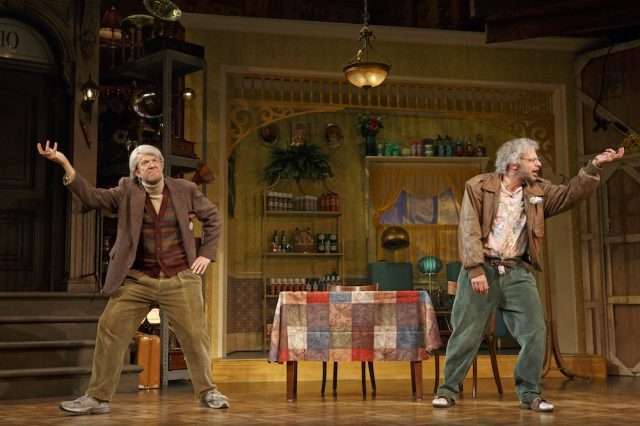
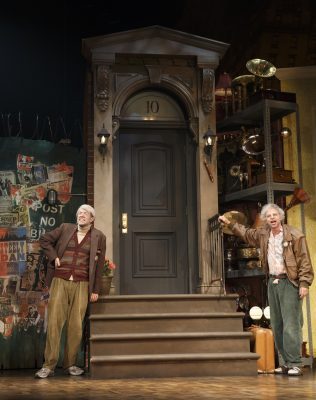
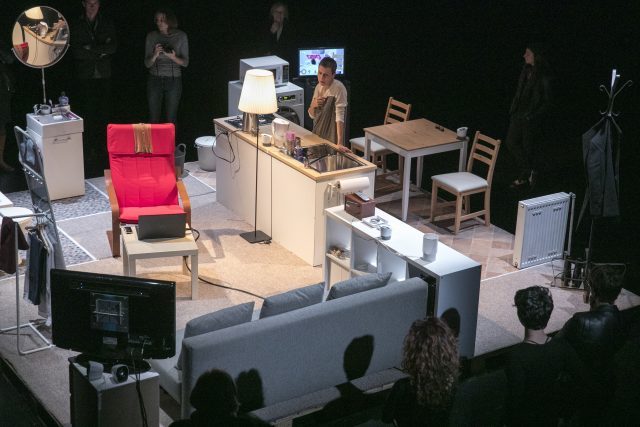
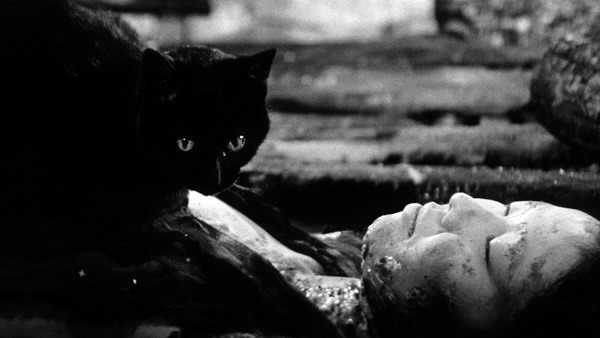
 “A cat’s nothing to be afraid of,” a samurai (Rokkô Toura) says in Kaneto Shindô’s 1968 Japanese horror-revenge classic, Kuroneko. Oh, that poor, misguided warrior. He has much to learn about the feline species but not enough time to do it before he suffers a horrible death. In Sengoku-era Japan, a large group of hungry, bedraggled samurai come upon a house at the edge of a bamboo forest. Inside they find Yone (Nobuko Otowa) and her daughter-in-law, Shige (Kiwao Taichi), whose husband, Hachi (Kichiemon Nakamura), is off fighting the war. The men viciously rob, rape, and murder the women, but they leave behind a mewing black cat (“kuroneko”) that is not exactly happy with what just happened. Three years later, the aforementioned samurai is riding his horse on a dark night when he encounters, by the Rajōmon Gate, a young woman positively glowing in the darkness. She says she is frightened and asks if he can accompany her home; he claims he has met her before but can’t quite place her. He agrees to help her, and when they reach her abode he is treated to some tea served by an older woman and some fooling around with the younger one — until the latter creeps on top of him and turns into a menacing animal, biting into his throat and drinking his blood. One by one, the samurai are lured into this trap, until a surprise warrior arrives.
“A cat’s nothing to be afraid of,” a samurai (Rokkô Toura) says in Kaneto Shindô’s 1968 Japanese horror-revenge classic, Kuroneko. Oh, that poor, misguided warrior. He has much to learn about the feline species but not enough time to do it before he suffers a horrible death. In Sengoku-era Japan, a large group of hungry, bedraggled samurai come upon a house at the edge of a bamboo forest. Inside they find Yone (Nobuko Otowa) and her daughter-in-law, Shige (Kiwao Taichi), whose husband, Hachi (Kichiemon Nakamura), is off fighting the war. The men viciously rob, rape, and murder the women, but they leave behind a mewing black cat (“kuroneko”) that is not exactly happy with what just happened. Three years later, the aforementioned samurai is riding his horse on a dark night when he encounters, by the Rajōmon Gate, a young woman positively glowing in the darkness. She says she is frightened and asks if he can accompany her home; he claims he has met her before but can’t quite place her. He agrees to help her, and when they reach her abode he is treated to some tea served by an older woman and some fooling around with the younger one — until the latter creeps on top of him and turns into a menacing animal, biting into his throat and drinking his blood. One by one, the samurai are lured into this trap, until a surprise warrior arrives.